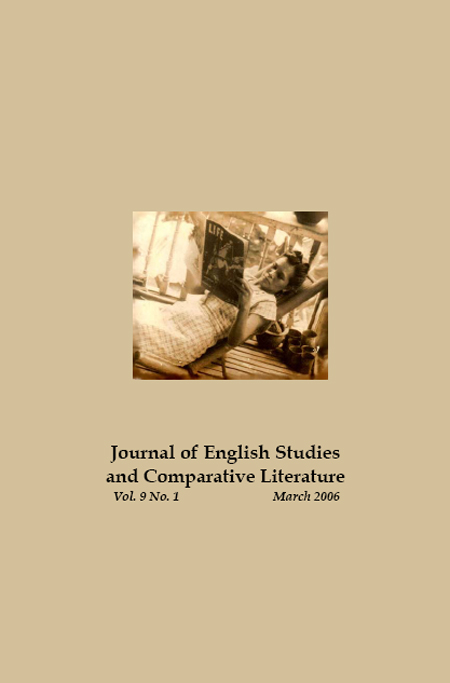Let’s Chat: An Analysis of some Discourse Features of Synchronous Chat
Abstract
ExcerptComputer-mediated communication (CMC) technologies come in a wide variety of forms, and CMC researchers categorize CMC systems across two dimensions — synchronous vs. asynchronous and one-to-one vs. one-to-many or group communication (Wetherell et al 2001).
Synchronous communication requires both interactants to be present for interaction to take place. In a synchronous setting, interaction takes place in real time. A user enters a chat room and participates in an ongoing ‘conversation.’ Some systems are designed to facilitate communication between two users (one-to-one) or between several users (one-to-many or group interaction) (Crystal 2001). In asynchronous communication, conversation takes place in ‘postponed time’ (Crystal 2001). An asynchronous interaction does not require both parties to be present. Email messages, for instance, are sent asynchronously, that is, there is a delay between sending the message and receiving a response. Between synchronous and asynchronous settings, Crystal notes, synchronous interactions cause the most radical linguistic innovations that affect basic conventions of both spoken and written discourse.


